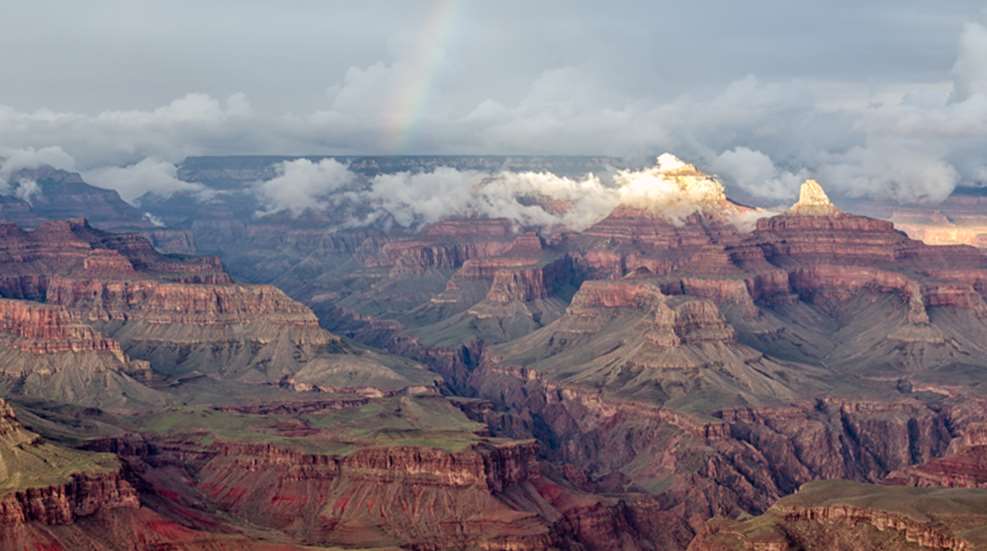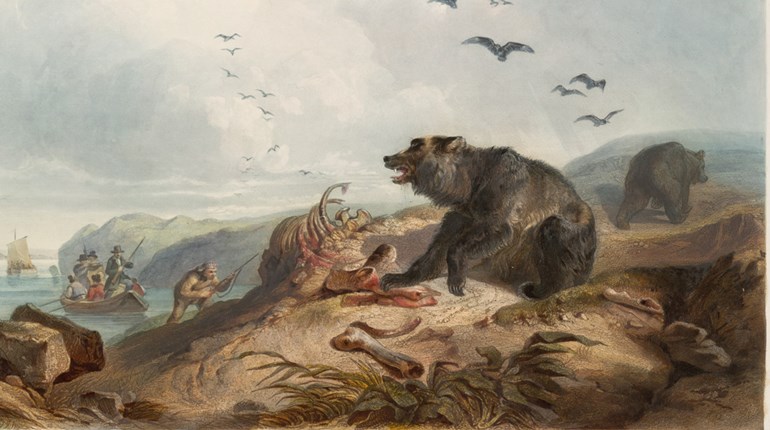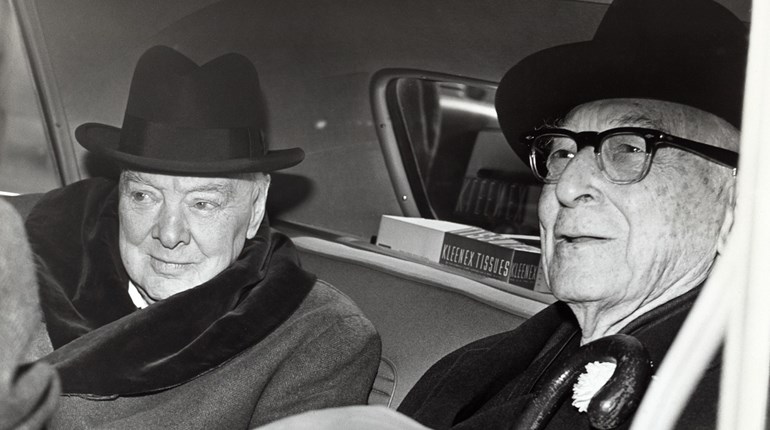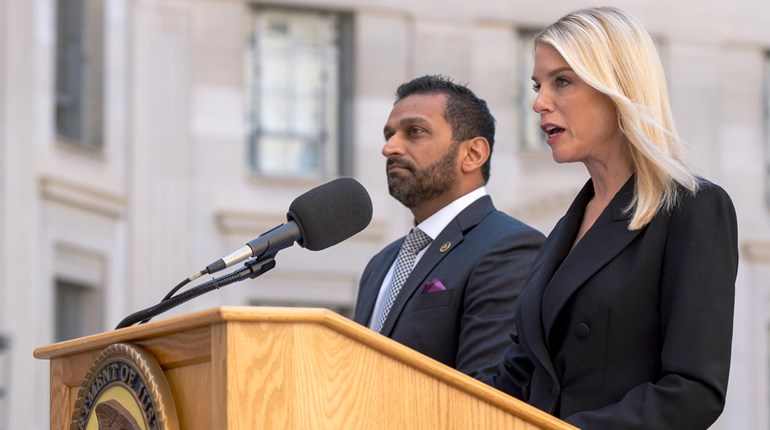
“The Grand Canyon fills me with awe. It is beyond comparison—beyond description; absolutely unparalleled throughout the wide world...Let this great wonder of nature remain as it now is. Do nothing to mar its grandeur, sublimity and loveliness. You cannot improve on it. But what you can do is to keep it for your children, your children's children, and all who come after you, as the one great sight which every American should see.”
Such was President Theodore Roosevelt’s reflection after his first visit to the Grand Canyon in 1903. But it wasn’t until 1919—during the Woodrow Wilson administration—that the area officially became Grand Canyon National Park.
Located in northwest Arizona, the park’s central feature, the Grand Canyon itself, is a gorge of the Colorado River. The canyon was created by the river and its tributaries cutting deep into the Colorado Plateau. The result is a mind-boggling 1.2 million acres of canyons exposing layer after layer of colorful rock formations dating back to Precambrian times.
As with Theodore Roosevelt, visitors today are still awed by their first view of the Grand Canyon. Two such people who visited recently are Peter and Heather Gross, a husband and wife from Cincinnati, Ohio.
“You cannot fathom the size and vastness of the Grand Canyon until you see it for yourself,” said Peter. “I have now been there twice, and each time I’m amazed at the sheer magnitude of what I’m seeing. You look down from the rim at the plateau and think, ‘Wow, that’s big!’ Then you see what looks like an ant crawling along and realize it is one of the donkey tours working its way down the canyon. That’s when you realize just how massive the Grand Canyon is, making you realize just how small you are.”
Gross added that, for him, the highlight of his most recent trip was seeing elk grazing on the rim of the canyon. “I was hoping to see a big bull elk, and on our way out of the park there were two large bulls grazing no more than 10 yards off the road—quite a bonus to an already amazing day!”
Two other common wild mammals that most park visitors see are mule deer and the unusual-looking Kaibab squirrel. The park is home to over 90 species of mammals, more than are found at Yellowstone National Park. However, many of the Grand Canyon’s animal species are secretive and nocturnal, moving around largely unnoticed by humans. As for birds, some 370 species inhabit the park’s pine forests, desert scrub, and streamside habitats, ranging in size from the endangered California condor to the diminutive rufous hummingbird.
The two primary areas of the park open to the public are the North and South Rims of the Grand Canyon, with the South Rim being more easily accessible and having more amenities in the way of lodging, food, campgrounds, etc. The remainder of the park is extremely rugged and remote, although many places are accessible by pack train and by backpacking.
“There are many great trails along the South Rim that we were able to hike,” said Heather Gross. “Hiking just the rim seems like it wouldn't offer much variety without going down into the canyon itself, but it was really fascinating how much the view would change just walking around a corner of the trail or up a small hill.”
For a unique look at the canyon, keep in mind the popular Grand Canyon Skywalk, located just outside park boundaries. Built by the Hualapai Tribe of Native Americans and opened in 2007, the Skywalk is a horseshoe-shaped, glass-bottomed walkway that extends out over the rim of the canyon, suspended 4,000 feet above the canyon floor! If you’re afraid of heights, the walkway may not be for you, but it is totally safe. The 70-foot-long, 10-foot-wide walkway was constructed to stand the simultaneous stress of 822 people weighing 200 pounds each. However, maximum occupancy is limited to just 120 people at a time.
Often considered one of the Seven Natural Wonders of the World (as compiled by CNN), Grand Canyon National Park was named a UNESCO World Heritage Site in 1979. To begin planning your 2016 visit, go online to https://www.nps.gov/grca/. As Theodore Roosevelt said, Grand Canyon is the one great sight every American should see. And Heather Gross agrees.
“The vastness of it—its enormity—is just breathtaking,” she said. “Even though I had seen it on television and in pictures, nothing really prepares you for the canyon’s size. The changing evening shadows are amazing, too, making you more aware of the depth of the canyon. Words really cannot do justice describing the majestic views. It really is a Grand Canyon.”
One final thought: If you plan to visit Grand Canyon National Park this winter, don’t show up in shorts, a T-shirt and flip-flops thinking it will be warm because the park is located in Arizona. The Grand Canyon can get very cold in winter—yes, it even snows there!—so come prepared.
Lead image: Tuxyso / Wikimedia Commons /






































